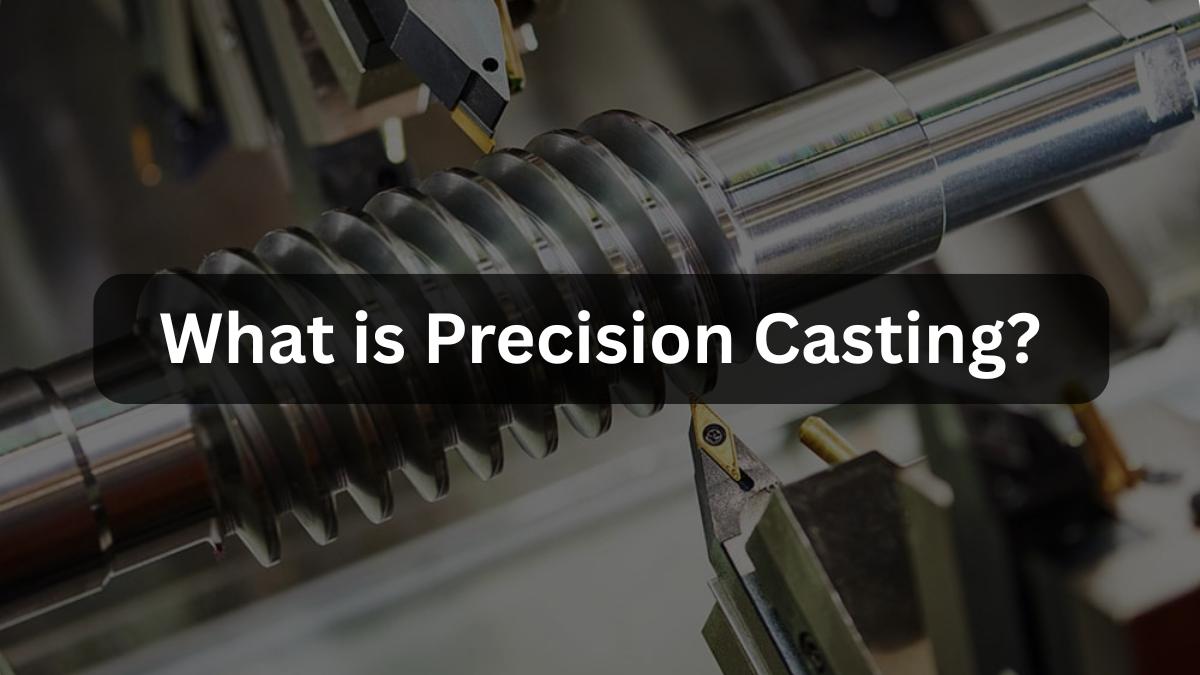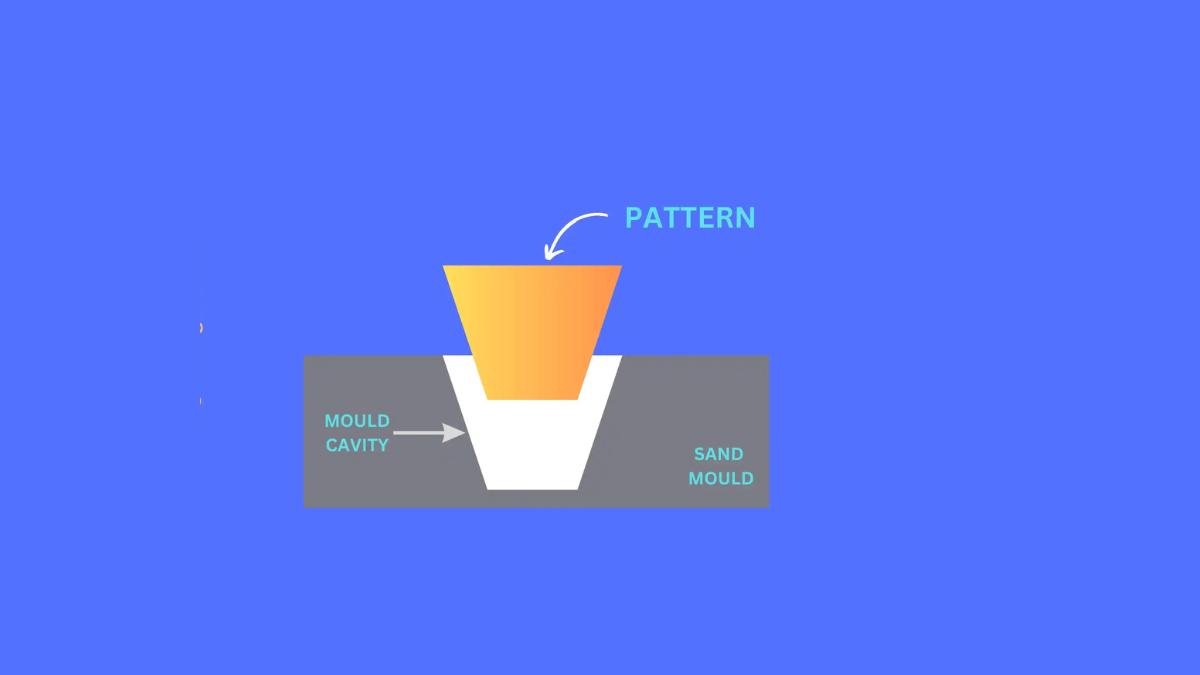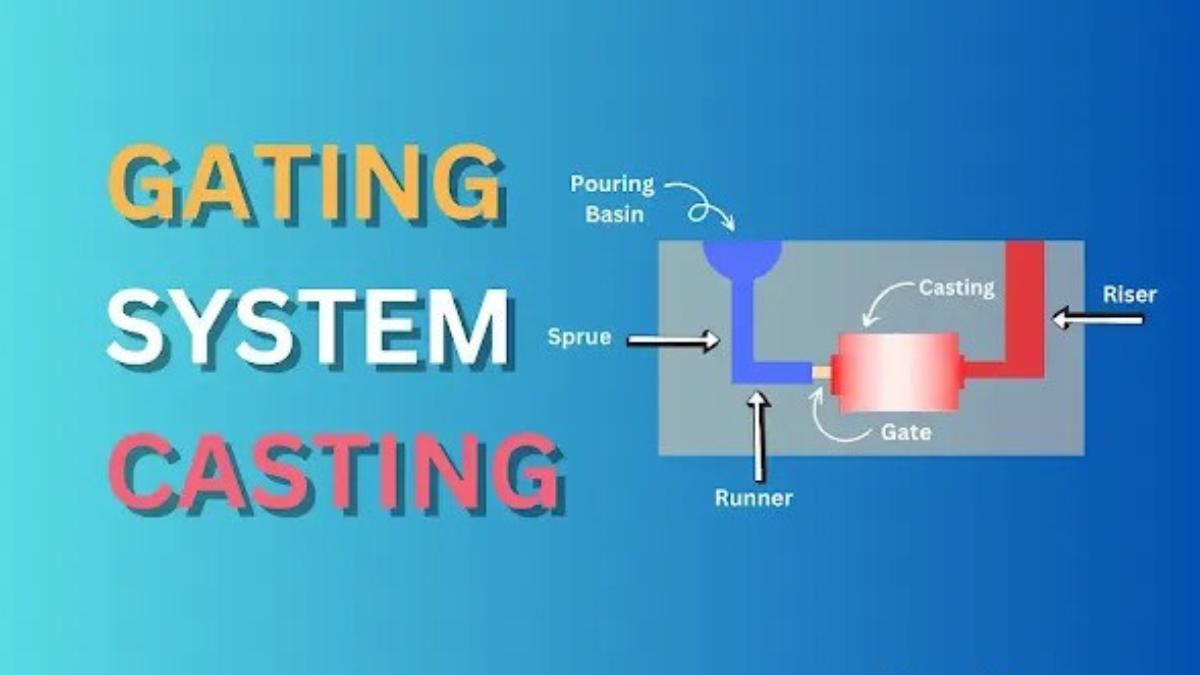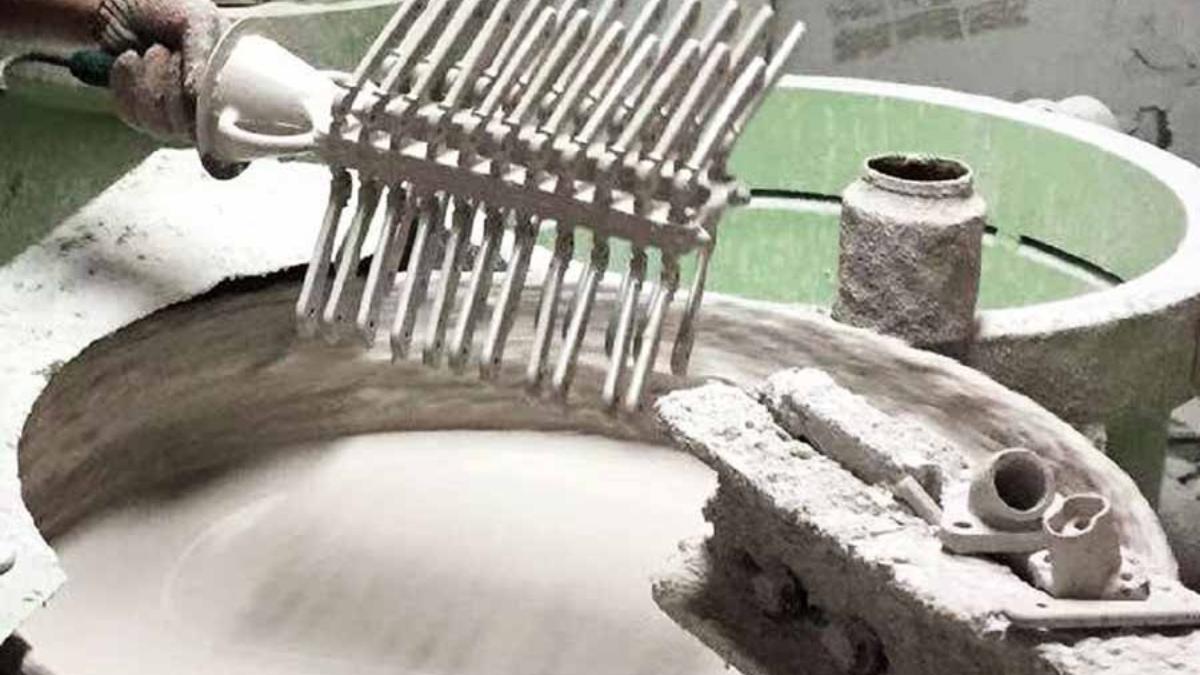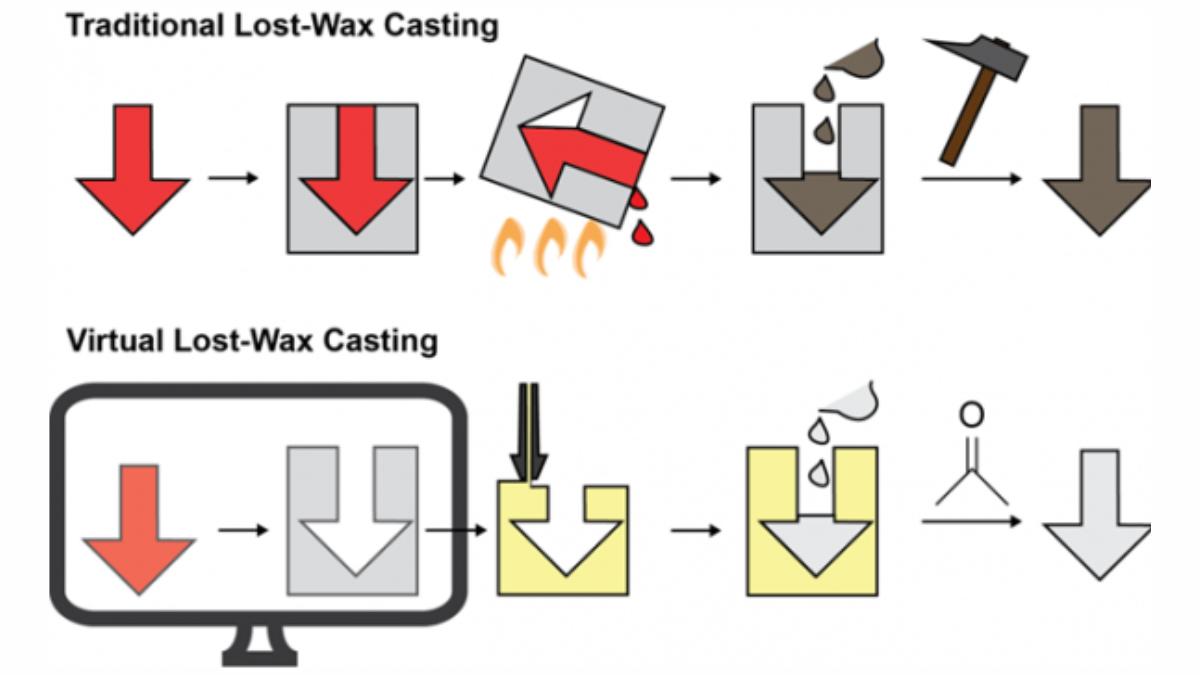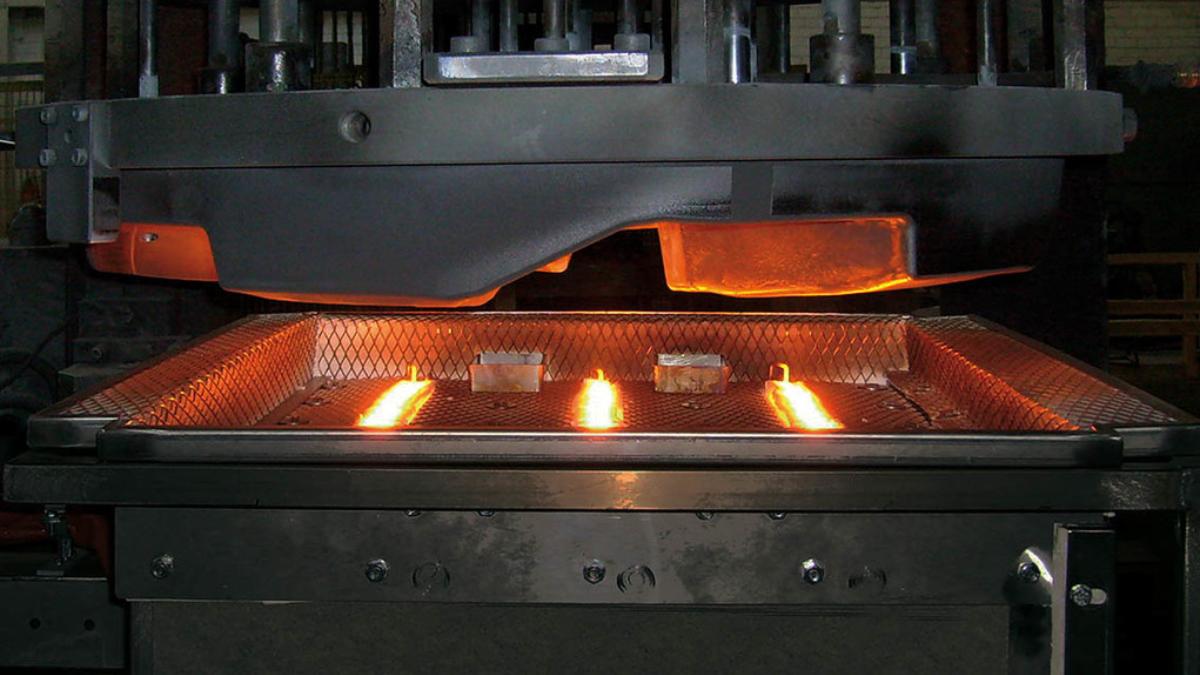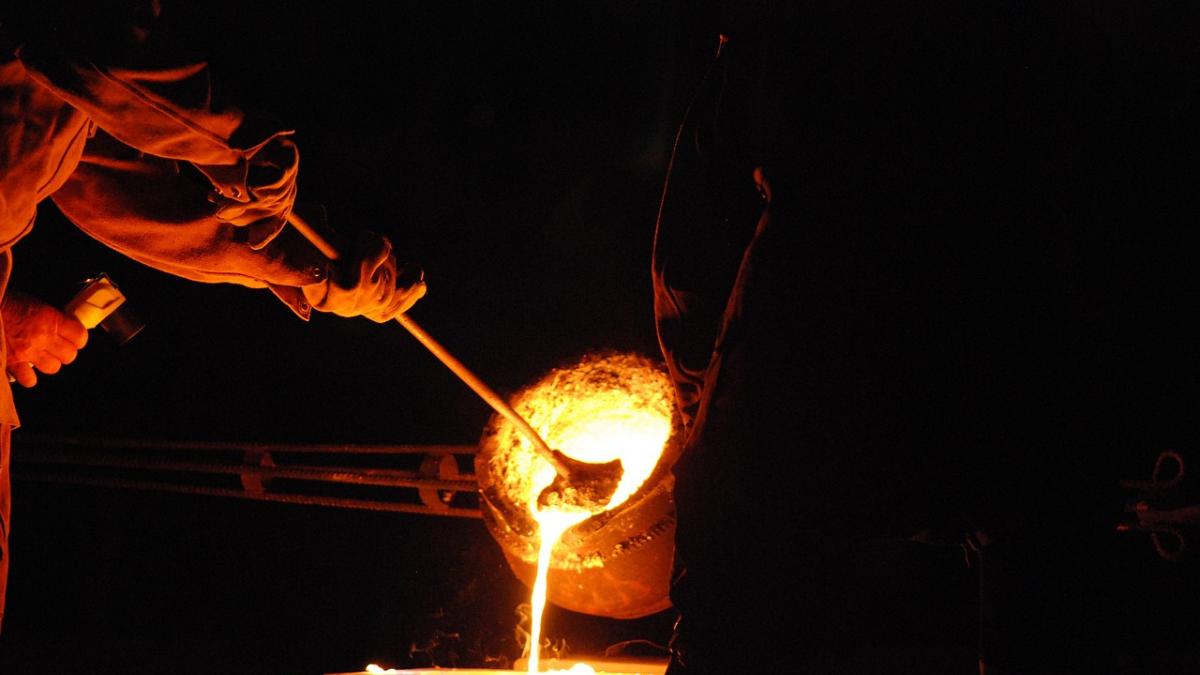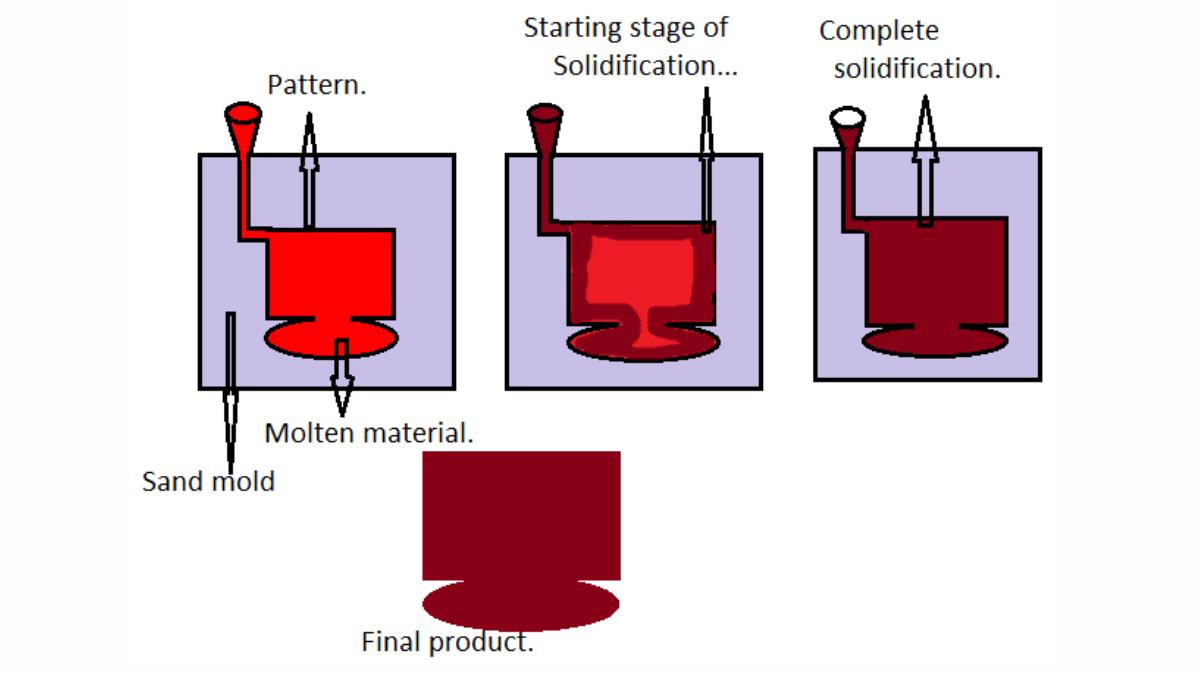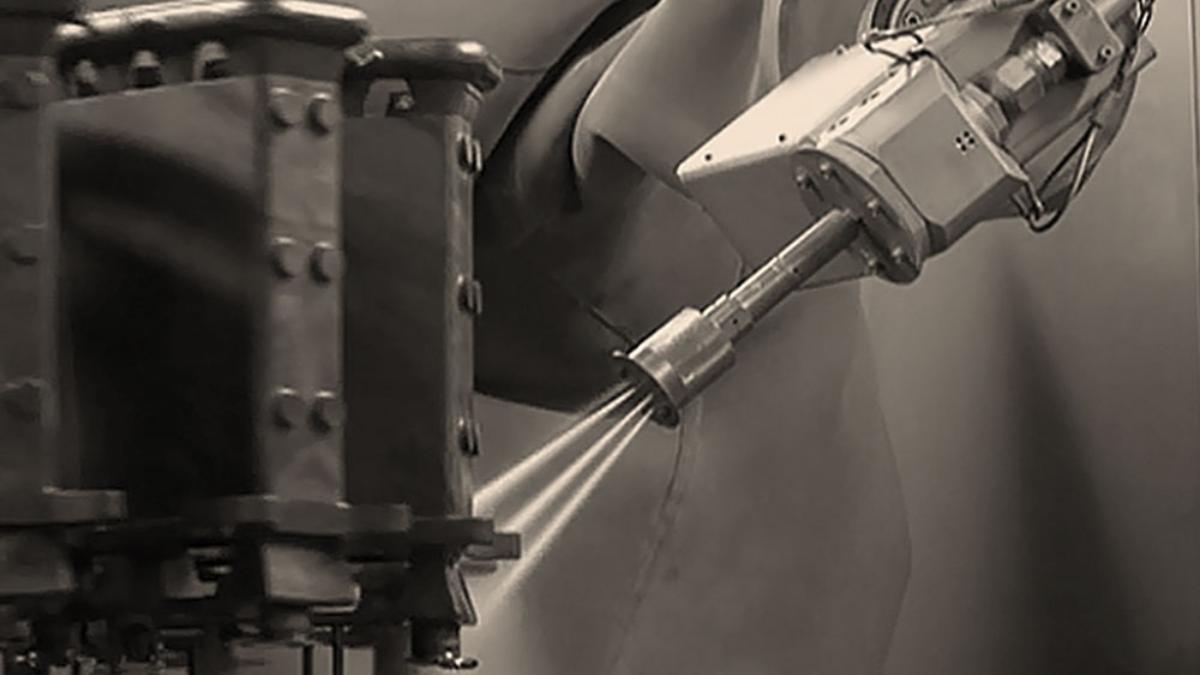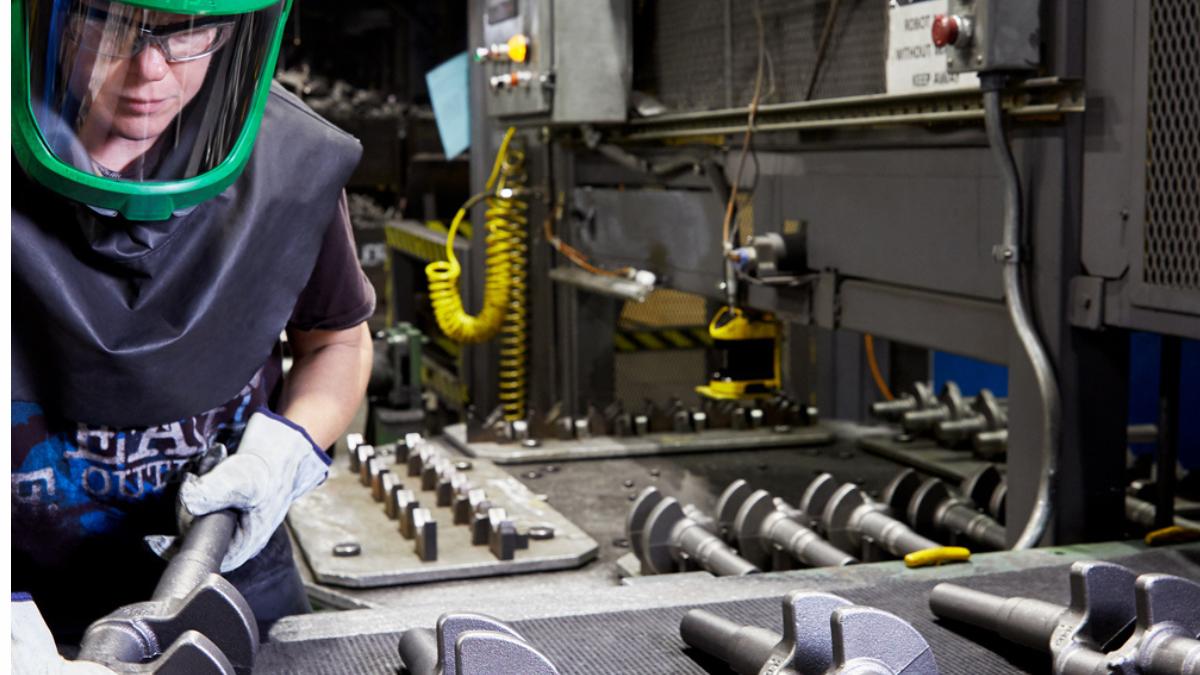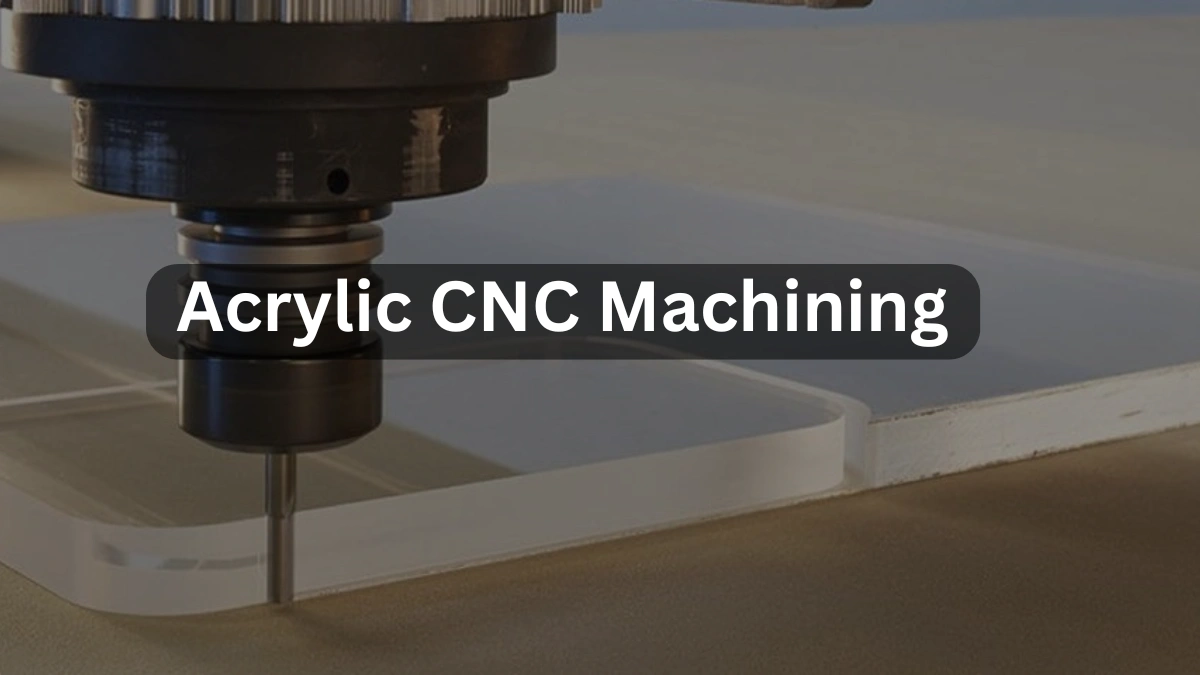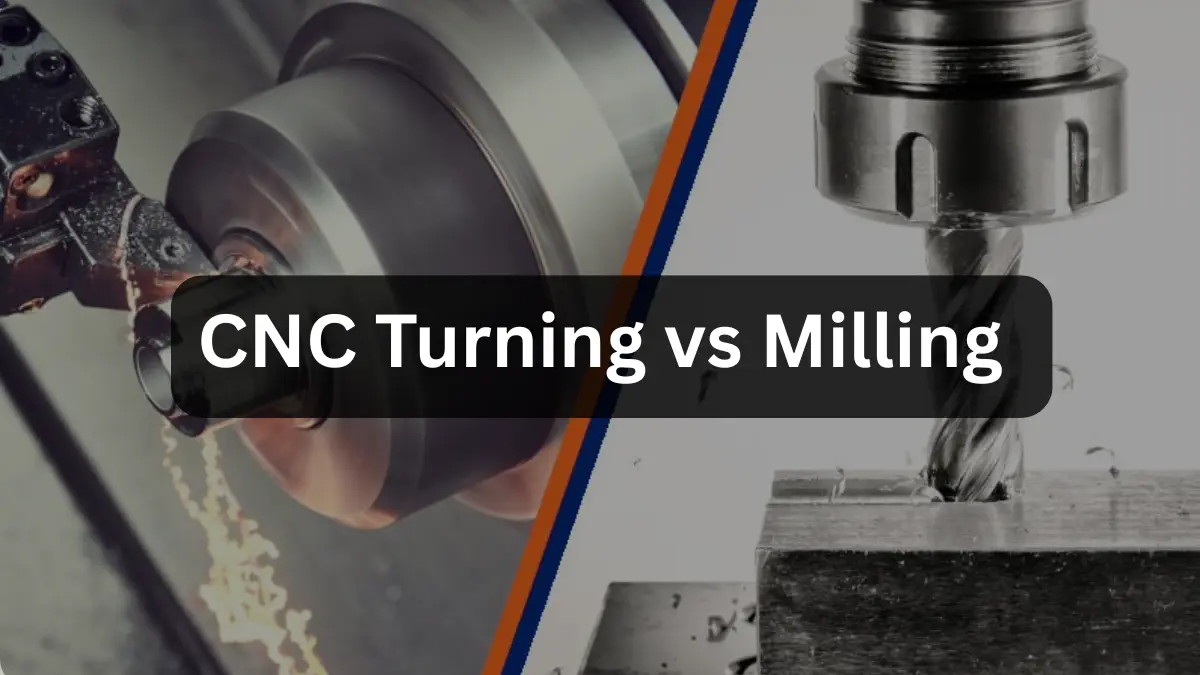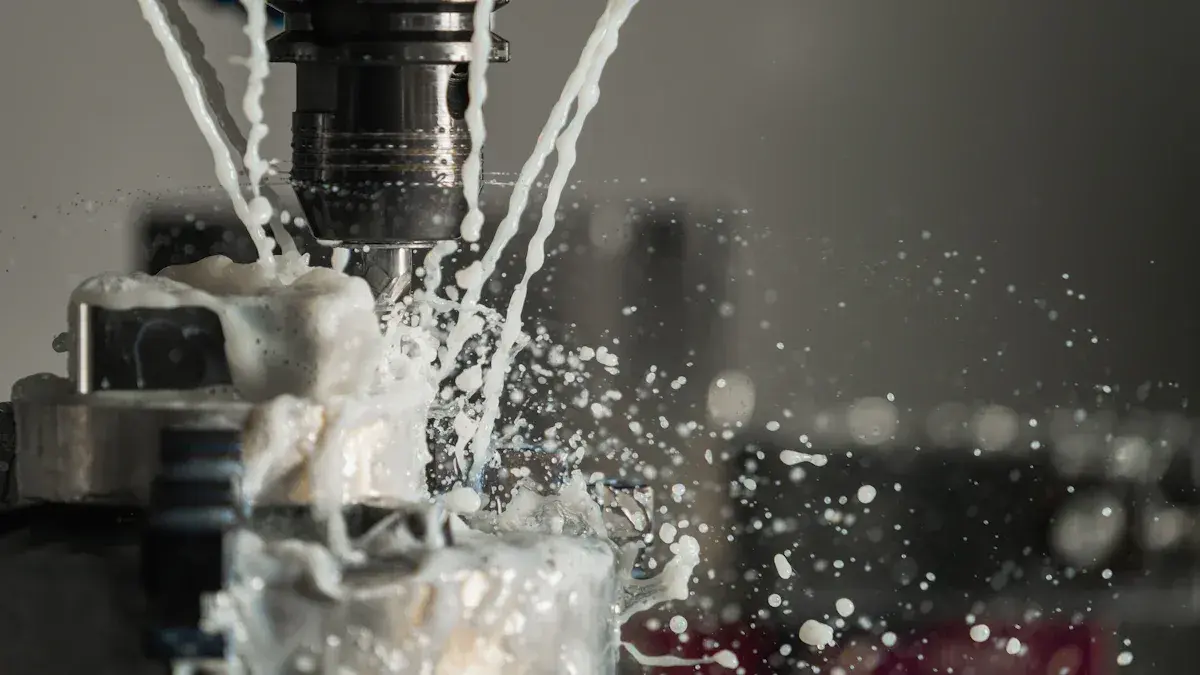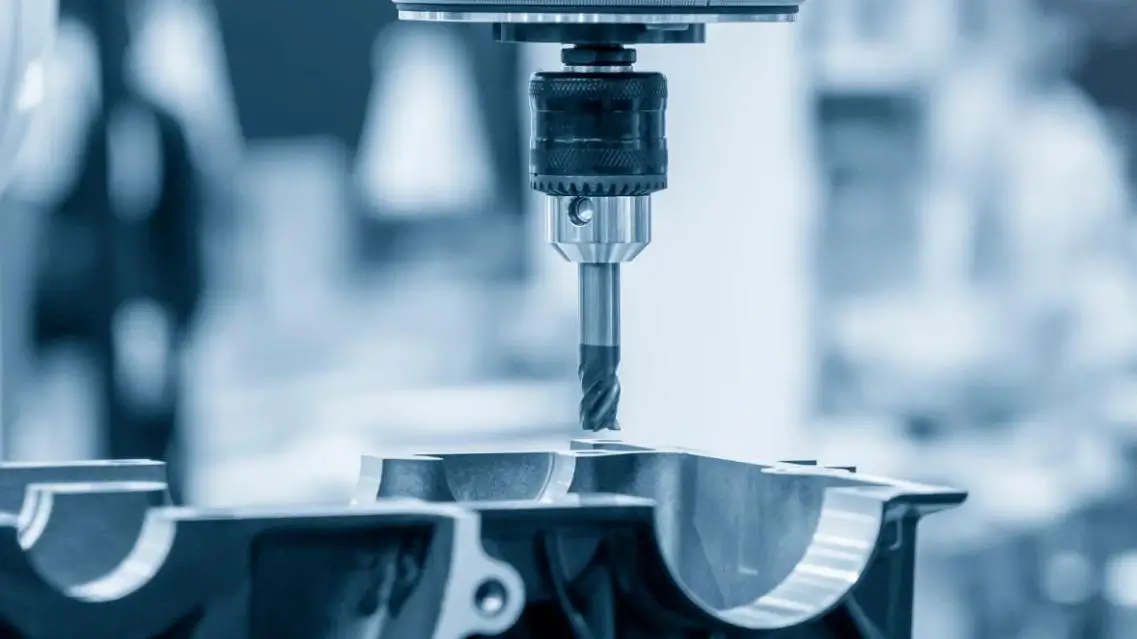Meta Description: In precision casting, die casting companies create highly accurate metal parts. Learn its steps, advantages like complex shapes, and tight tolerances. Also, read applications.
In simple words, precision casting, investment casting or lost wax casting creates metal parts with exceptional accuracy. Precision casting is the process to make exact wax patterns. These shapes are put on a central structure. Later, the wax pattern is dipped many times into a liquid ceramix mixture. The dried coating makes a strong outer layer. Wax melts out-lost wax. Workers fire the ceramic shell, then pour molten metal in carefully. Metal cools and solidifies. Workers break off the shell.
You know, when we talk about precision casting, we’re entering specialized territory. Engineers know it as the gold standard for creating complex metal components. So, you see, this technique deserves more technical attention than it typically receives.
Core Concept: The Metallurgical Advantage
The next thing is understanding its true capabilities. Precision casting achieves tolerances as tight as ±0.05mm in certain applications. This point is important. It’s not just about being “precise” but about achieving consistent micron-level accuracy.
This point is noticeable. Precision casting isn’t just about shape. It controls grain structure at the microscopic level. You can say it is the most common fault of amateur analysis to overlook this critical aspect.
This granular control is crucial for optimizing mechanical properties like strength, fatigue resistance, and creep performance. This offers a significant advantage in demanding applications.
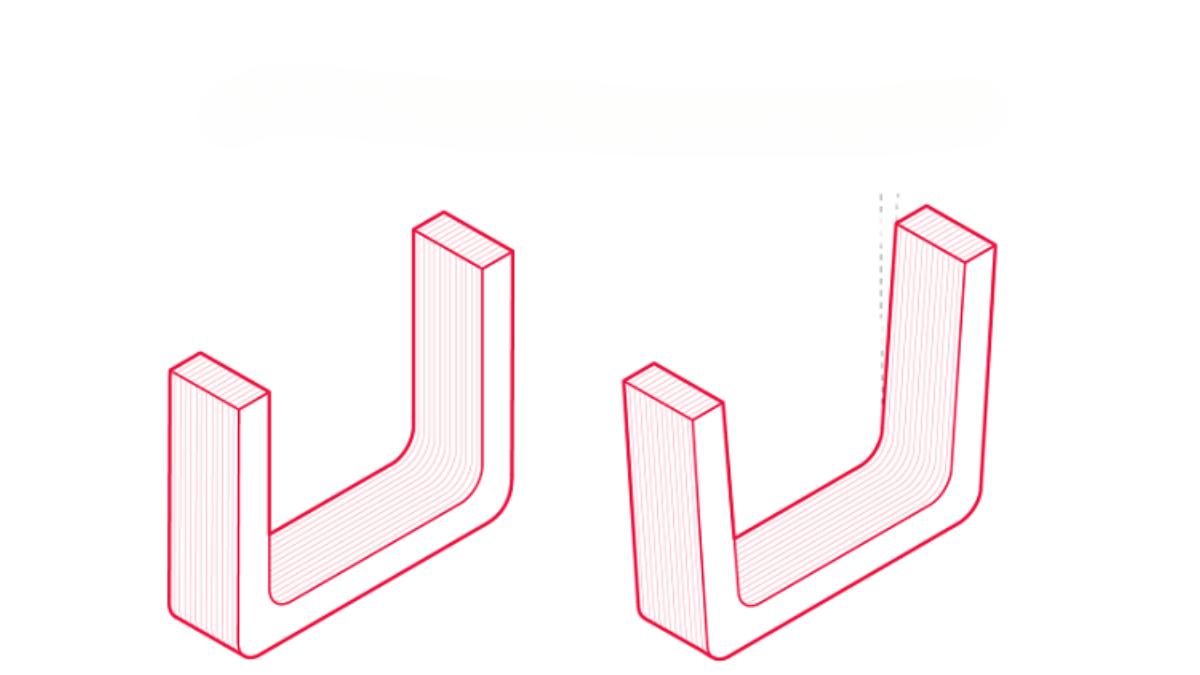
Simultaneously, the process eliminates draft angles. Die casting companies often struggle with this limitation in other methods. Eliminating draft angles allows for straight sidewalls and sharper corners. This simplifies part design and reduces the need for secondary machining.
The process creates near-net shapes with minimal material waste. Think outside the box about what this means. Up to 90% reduction in machining time is possible for complex components. This translates directly to lower manufacturing costs and shorter lead times.
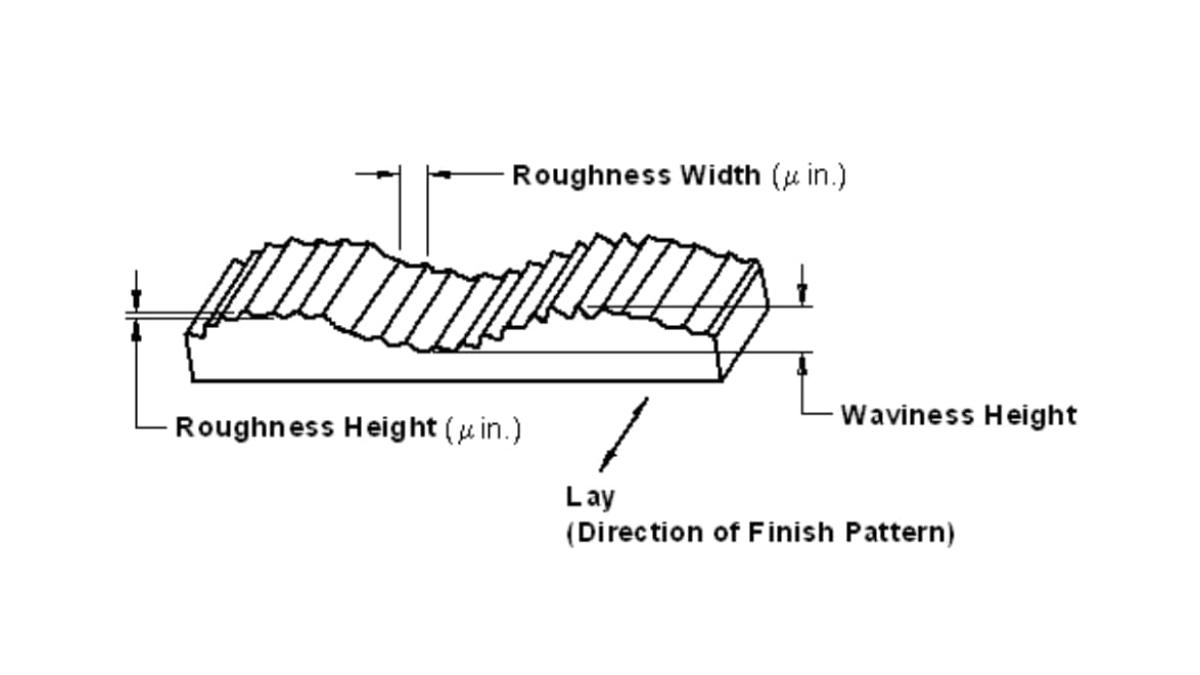
High precision over sand casting translates to surface roughness values as low as Ra 1.6μm directly from the mold. Do not panic about meeting tight specifications. Precision casting delivers. This superior surface finish often eliminates the need for expensive post-processing steps like grinding or polishing.
Advanced Precision Casting Process: Step-by-Step
Step 1: Pattern Creation
It all starts with making the pattern. Today’s factories use special waxes. These waxes don’t expand too much when they get warm – only about 0.0008 to 0.001 inches per inch for every degree Fahrenheit.
How accurate the wax pattern is really decides how accurate the final metal part will be. So, using good wax that shrinks predictably is super important for getting precise results.
For making lots of parts, they inject the wax into a mold. But if they need to make a few prototypes quickly or the shape is really complicated, they use 3D printing. 3D printing can create detailed shapes inside the pattern.This helps companies get new products out there quicker.
Step 2: Wax Tree Assembly (Gating System)
Wax tree assembly requires expert gating design. Have patience here. This stage determines metal flow dynamics that prevent turbulence-induced defects like porosity and inclusions. A well-designed gating system ensures uniform filling of the mold cavity and proper feeding during solidification. This is critical for achieving high-integrity castings.
Individual wax models are attached to a wax sprue (runner system). This creates a “casting tree” for multiple parts and ensures uniform molten metal flow.
Step 3: Shell Building (Investment)
Shell building involves proprietary ceramic slurries. Be spontaneous in adjusting viscosity between 18-22 seconds in a Zahn #4 cup for optimal coating thickness. The process involves repeated dipping in the ceramic slurry, then stuccoing with refractory particles. Multiple layers are built up for strength. Each layer is dried for 12-48 hours.
The choice of materials like silica and zircon for the slurry and stucco significantly impacts the final surface finish and mold strength. Precise control over slurry properties and drying cycles is vital for preventing shell cracking and ensuring a smooth mold surface.
Step 4: Dewaxing (Lost-Wax Process)
The dewaxing process has evolved. Flash fire dewaxing at 1800°F creates thermal shock that prevents shell cracking better than traditional methods. This method rapidly melts and vaporizes the wax. This leaves a hollow ceramic mold cavity. Efficient wax removal is essential to avoid mold damage during firing. Wax is often recovered for reuse.
Step 5: Preheating/Firing the Mold
Preheating molds to precise temperatures (±5°C) is critical. The high impedance air-gap between metal and mold decreases by 40% with proper temperature control. Firing the mold at high temperatures (e.g., 950°C-1100°C) removes residual wax, burns binders, and sinters the ceramic shell for strength. Proper preheating minimizes thermal shock during pouring and promotes complete filling of thin sections.
Step 6: Pouring the Molten Metal
When you pour hot metal, some factories use vacuum. This cuts down on air bubbles inside by a lot – up to 75%! This really matters for airplane parts and other crucial items. They need to be solid inside.
You might see different ovens for melting. Some use magnets, some use electricity, and some use vacuum, depending on the metal. You need to control how hot and how fast you pour. This helps the mold fill well, even for thin parts. Plus, it helps you control how the metal forms inside.
Step 7: Cooling and Solidification
Cooling and solidification rates directly affect mechanical properties. Controlling temperature gradients within 2-5°C/cm creates optimal crystal structures. Precise control during this phase is essential for achieving desired grain size, preventing segregation, and minimizing the risk of shrinkage defects.
Step 8: Knockout and Shell Removal
Shell removal techniques have advanced beyond simple breakout. Water jet systems operating at 40,000 psi remove ceramic without stressing thin sections. The ceramic shell is broken away from the solidified metal. This retrieves the rough cast metal parts. Other methods include mechanical knockout.
Step 9: Finishing and Inspection
The finishing inspection now incorporates CT scanning capable of detecting defects as small as 50 microns throughout parts. Everything counts when certifying critical components.
The retrieved parts undergo finishing operations including cut-off to separate parts from the gating system (sprue removal), grinding or fettling to remove excess material, and shot blasting or polishing to improve surface finish. Heat treatment is often applied to enhance mechanical properties. Minimal secondary machining is required for critical tolerances due to the near net-shape capability. Quality control is critical and includes dimensional inspection, Non-Destructive Testing (NDT), and visual inspection.
Key Advantages of Precision Casting
Definitely it is obvious why precision casting dominates certain sectors. Find balance between cost and performance with benefits like:
-
High Dimensional Accuracy & Tight Tolerances
Dimensional accuracy that exceeds CNC machining in certain complex geometries. Specialized applications achieve repeatability within 0.025mm across production runs. This level of precision minimizes or eliminates the need for secondary machining operations. This significantly reduces production costs and lead times.
-
Excellent Surface Finish
Surface finish quality that eliminates the need for secondary processing. Ra values of 1.6-3.2μm directly from the mold save substantial post-processing costs. The smooth, flash-free parting lines contribute to the aesthetic and functional quality of the final part.
-
Complex Geometries & Intricate Designs
Complex internal passages impossible with traditional machining become routine. Internal cooling channels with diameter-to-length ratios of 1:50 are achievable. Precision casting excels at producing complex, thin-walled shapes, internal cavities, undercuts, splines, and holes. This allows for part consolidation and simplified assemblies.
-
Wide Material Versatility
Material versatility extends to reactive alloys like titanium aluminides and specialty stainless steels with precise control of trace elements down to 0.01%. It casts a broad range of ferrous and non-ferrous alloys. This includes high melting point alloys and superalloys. This makes it suitable for diverse and demanding applications.
-
Reduced Machining & Post-Processing
Near net-shape production lowers machining costs and material waste. Up to 90% reduction in machining time is achievable for complex components. This directly impacts the bottom line and improving manufacturing efficiency.
-
Design Flexibility
Design flexibility allows for freedom of design and the ability to consolidate multiple components into a single casting. This simplifies assembly and reduces part count.
-
Repeatability and Consistency
High consistency for medium to high volume production. Specialized applications achieve repeatability within 0.025mm across production runs. This high level of repeatability leads to a lower rejection rate and predictable part performance.
Disadvantages and Limitations of Precision Casting
You will see certain limitations that require expert mitigation:
-
Higher Initial Cost
More expensive (especially for low volumes). Initial tooling costs for precision dies range from $5,000-$100,000 depending on complexity. Ceramic cores add 30-60% to these costs. The use of costly refractories also contributes to the higher cost. This makes it less competitive for very short-run productions or simple parts.
-
Longer Production Cycle Time
Production cycle times stretch from days to weeks. The shell building process alone requires 12-48 hours of controlled drying cycles between dips. The multi-step, labor-intensive nature of the process contributes to the longer production cycles compared to faster methods like die casting.
-
Size and Weight Limitations
Size limitations generally cap at 24 inches and 100 pounds, though specialized foundries push these boundaries with segmented molding techniques. Difficulty can also arise with casting very small holes.
-
Labor-Intensive
Labor intensity remains high despite automation. Requires skilled labor for assembly, shell building, finishing, and monitoring critical parameters throughout the 20+ distinct process steps.
-
Potential Defects
Susceptible to casting defects such as shrinkage, porosity, inclusions, misruns, and deformation. The root cause of most casting defects is often shell-related issues like insufficient permeability (15-25 cc/min/cm²) or inadequate strength (700-1000 psi modulus of rupture). A robust quality management system is essential to minimize these defects.
Precision Casting Materials
Metal casting success depends heavily on material selection:
-
Ferrous Metals
Stainless Steels e.g., 304, 316, 17-4PH require precise carbon control ±0.02% to prevent carbide precipitation that compromises corrosion resistance. Carbon Steels e.g., 1020, 1045 and Alloy Steels e.g., 4140, 8620 are also commonly cast. Cast Iron is used for its machinability.
-
Non-Ferrous Metals
Aluminum alloys, like A356 and 319, get better with strontium. Adding just a little bit 0.015-0.030% makes the tiny silicon bits finer. This also makes the metal stretch more – it can improve by 30-50%!
People often cast copper alloys, such as bronze and brass.
Nickel alloys, like Inconel and Hastelloy, and superalloys need very little oxygen. The oxygen level must be below 5 parts per million. This stops bad oxides from forming when the metal hardens.
Cobalt alloys, such as Stellite, go into medical implants. They must have very little sulfur – less than 0.010%. This makes sure they work well with the body.
Casting reactive metals like titanium needs special ceramic molds. These molds have yttria or zirconia on the surface. This stops the metal from reacting with the mold.
Applications of Precision Casting Across Industries
-
Aerospace & Aviation
Aerospace parts really push the limits. They use special methods for turbine blades. These methods are called directional solidification and single-crystal casting. They line up the tiny structures inside the metal with the forces it will face.
This is super important for parts that get really hot and experience a lot of stress. Precision casting makes engine parts and missile parts.
-
Automotive Industry
Cars also use precision casting! Aluminum parts can be made with very thin walls, even just 0.5mm. This makes them lighter but still strong. You can find these parts in engines, transmissions, and turbochargers.
-
Medical & Dental
Medical companies use precision casting for implants too. They can make the surfaces porous, with lots of tiny holes 60-80%. This helps bone grow into the implant – it’s called osseointegration. This is really important for things like hip and dental implants. They also use this casting method for surgical tools.
-
Electronics & Consumer Goods
Used for housings, heat sinks, and connectors where intricate shapes and good surface finish are required.
-
Energy & Power Generation
Energy sector components withstand extreme service conditions with precise control of delta ferrite content (3-8%) in duplex stainless steels. Applications include turbine components, valves, pump housings, and flow control parts that operate in harsh environments.
-
Firearms & Defense
Firearms manufacturing requires precise tolerances (±0.075mm) and specialized heat treatments to achieve consistent trigger pull weights within 0.25 pounds. Used for receiver components, triggers, and other firearm parts.
-
Industrial Machinery & Equipment
Industrial machinery components combine wear-resistant surfaces with tough cores through controlled solidification techniques that create gradient properties. Applications include pumps, valves, gears, and hydraulic components.
-
Art & Jewelry
Art and jewelry applications leverage the ability to reproduce fine details as fine as 0.1mm with surface finishes approaching polished quality directly from the mold. This is an ancient art form that benefits from modern precision casting techniques for intricate sculptures and jewelry.
Precision Casting vs. Other Casting Methods
Stay focused on selecting the optimal process for specific applications:
-
Precision Casting vs. Sand Casting
Versus sand casting, precision casting offers 5-10× better dimensional accuracy and surface finish improvements from 250μin to under 125μin. Sand casting is lower cost and suitable for larger parts but yields a coarser finish and is less accurate.
-
Precision Casting vs. Die Casting
Against die casting, precision casting handles a far wider material range. However, it does so at cycle times 10-20× longer per part. Die casting is much faster but limited in the types of materials it can process.
-
Other Relevant Comparisons
Permanent Mold Casting is repeatable and good for non-ferrous metals but less capable of producing complex geometries. Lost foam casting provides similar complexity but struggles with thin walls below 2.5mm where precision casting excels down to 0.5mm.
Conclusion
Precision casting continues to be a cornerstone of advanced manufacturing. It produces high quality components and complex components for critical industries where performance and reliability are paramount. Notice things like the relationship between primary coat materials and surface finish. Switching from fused silica to zircon facing coats improves Ra values by 40-60%.

